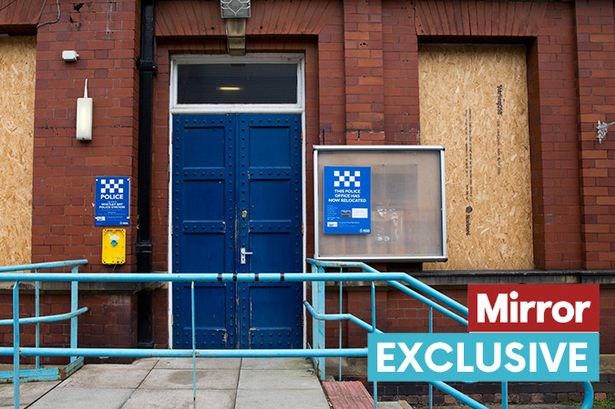In recent years, the Conservative government’s decision to sell off police stations across the United Kingdom has generated significant controversy and concern among residents. Approximately half a billion pounds was raised from these sales, which was presented by the government as a means to bolster funding for various public services. However, many communities are feeling the repercussions of these closures, resulting in a palpable sense of insecurity and fear over rising crime rates. The reduction in police visibility and presence in neighborhoods is alarming for residents who depend on local law enforcement for safety and reassurance.
The rationale behind the sell-off was largely financial; the government argued that many police stations were underutilized and costly to maintain. This strategy was framed as a way to modernize law enforcement infrastructure and redirect resources more effectively. While the monetary gains are evident, the long-term implications for community safety are harder to quantify. Critics of the sell-off contend that the absence of local police forces diminishes community relations and hinders police accountability, ultimately creating a vacuum where crime can flourish unchecked.
Evidence from various communities illustrates the fears that have arisen post-closure. Local residents have reported an increase in criminal activity, ranging from petty theft to more serious offenses, in areas where police stations have been shuttered. The perception that there are fewer police available to respond to incidents, coupled with longer response times, has left many feeling vulnerable. The so-called “bobby on the beat,” a reassuring presence for many, has largely disappeared, leading to a sense of isolation and helplessness among community members.
The impacts of the police station sell-offs are also felt through the erosion of trust between law enforcement and the communities they serve. Without a physical presence in the neighborhood, the relationship that often fostered collaboration and open communication between citizens and police has weakened. In many cases, residents may feel less inclined to report crimes or come forward with information, fearing indifference or a lack of available resources from law enforcement. This breakdown in communication can further exacerbate crime rates, creating a cycle of mistrust and neglect.
In response to rising concerns, some advocacy groups and local leaders have begun to rally for the restoration of local police stations and a reevaluation of policing strategies. They argue for a more community-oriented approach, emphasizing the importance of local engagement and crime prevention initiatives. The call for action has also gained traction amid growing recognition that effective policing is not solely about enforcement but also about building relationships within communities. Proposals to reopen closed stations, reinstate neighborhood policing units, and allocate funding specifically for local law enforcement initiatives are gaining support among concerned citizens.
Ultimately, the Conservative sell-off of police stations has created a situation that pits fiscal policy against community safety. While financial gains were achieved, the broader consequences on crime rates and community trust appear to outweigh these benefits. As communities continue to grapple with the fallout of these decisions, it has become increasingly clear that local policing plays an essential role in fostering safe and resilient neighborhoods. As the debate over police station sell-offs continues, it is imperative for government officials to reassess priorities and consider long-term solutions that prioritize the well-being of communities over short-term financial gains.














